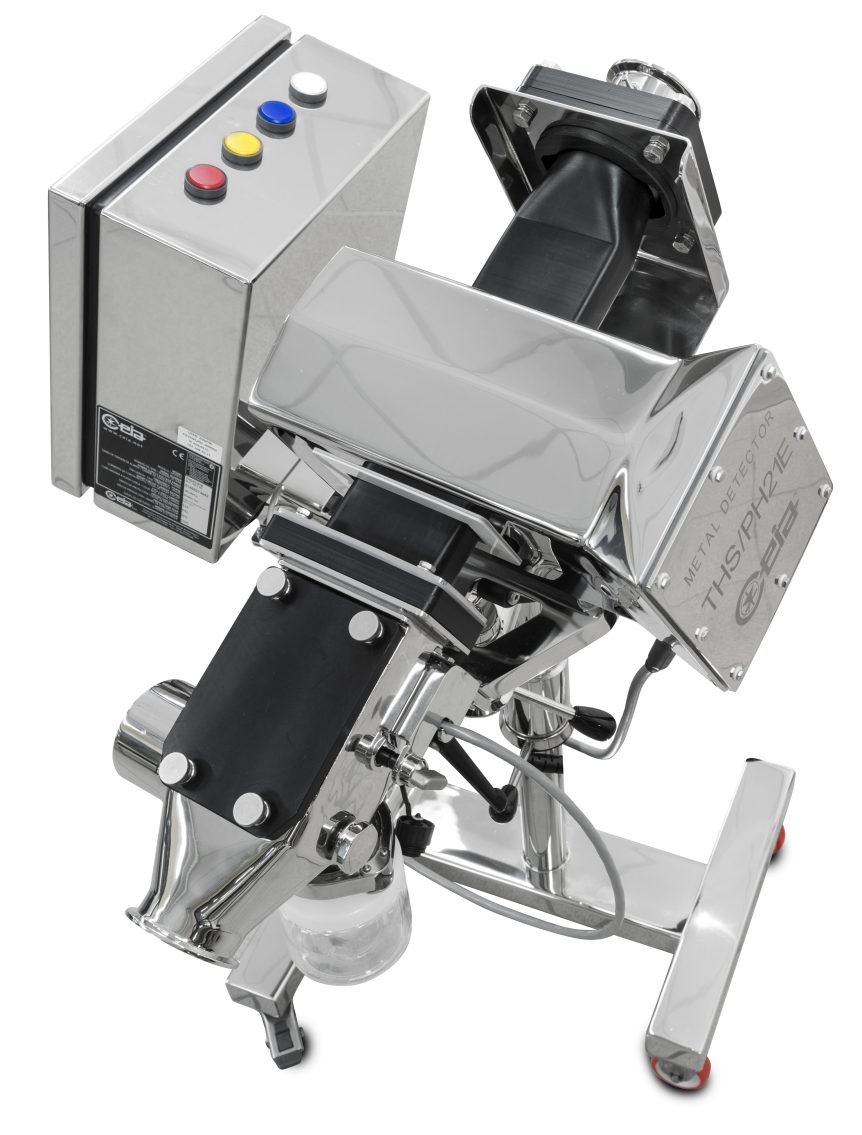Introduction:
Metal detection plays a crucial role in ensuring the safety and quality of pharmaceutical products. The pharmaceutical industry demands stringent controls to comply with regulatory standards and protect consumers from potential hazards. Implementing effective metal detection systems is essential to identify and eliminate metal contaminants throughout the manufacturing process. This article discusses the key requirements for metal detection in the pharmaceutical industry, focusing on equipment specifications, regulatory compliance, and best practices.
1. Regulatory Compliance:
The pharmaceutical industry is subject to strict regulations to guarantee the safety and efficacy of drugs. Regulatory bodies, such as the European Medicines Agency (EMA), enforce guidelines that mandate the use of metal detectors in pharmaceutical manufacturing. Meeting regulatory requirements is non-negotiable, and companies must ensure their metal detection systems adhere to standards such as Good Manufacturing Practice (GMP) and Hazard Analysis and Critical Control Points (HACCP).
2. Sensitivity and Detection Limits:
One of the primary requirements for metal detection in the pharmaceutical industry is achieving high sensitivity to detect even minute metal contaminants. The sensitivity of a metal detector is measured in terms of its detection limits, which refers to the smallest size of metal particles it can identify. Pharmaceutical manufacturers need to select metal detectors with the appropriate sensitivity for their specific applications to ensure the detection of even the smallest metal fragments that could pose a risk to product quality.
3. Product and Packaging Variability:
Pharmaceutical products come in various forms, including tablets, capsules, liquids, and powders. Additionally, packaging materials may vary, such as aluminum blister packs or glass containers. Metal detectors must be capable of accommodating this variability in product and packaging types. Manufacturers should choose detectors with adjustable settings and a broad detection range to account for the diverse nature of pharmaceutical products and packaging materials.
4. Integration with Production Lines:
Efficiency is paramount in pharmaceutical manufacturing, and metal detectors need to seamlessly integrate into production lines without causing disruptions. Integration considerations include conveyor speed synchronization, minimal false positives, and ease of maintenance. Manufacturers should opt for metal detection systems that can be easily integrated into existing production lines while maintaining optimal detection performance.
5. Validation and Calibration:
Validation and calibration are crucial aspects of metal detection in the pharmaceutical industry. Manufacturers must conduct regular validation exercises to ensure that metal detectors are operating at peak efficiency. Calibration processes should be straightforward and well-documented to facilitate compliance with regulatory requirements. Routine testing and verification procedures should be established to confirm that metal detectors consistently meet their performance specifications.
6. Data Logging and Reporting:
Metal detection systems should be equipped with robust data logging and reporting functionalities. The ability to record and store information about detected contaminants, system performance, and any corrective actions taken is essential for traceability and compliance. A comprehensive reporting system aids in conducting audits, demonstrating compliance to regulatory authorities, and continuously improving metal detection processes.
Conclusion:
In conclusion, the key requirements for metal detection in the pharmaceutical industry revolve around regulatory compliance, sensitivity, adaptability to product and packaging variability, seamless integration, validation and calibration, and robust data logging and reporting. Implementing an effective metal detection system not only ensures compliance with industry regulations but also safeguards the integrity and safety of pharmaceutical products, ultimately contributing to the well-being of consumers. Manufacturers should carefully consider these requirements when selecting and implementing metal detection solutions to meet the high standards of the pharmaceutical industry.

